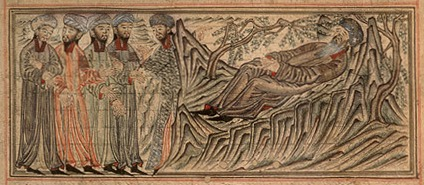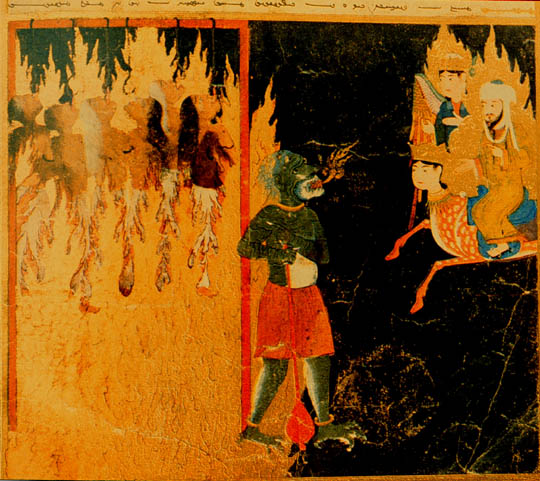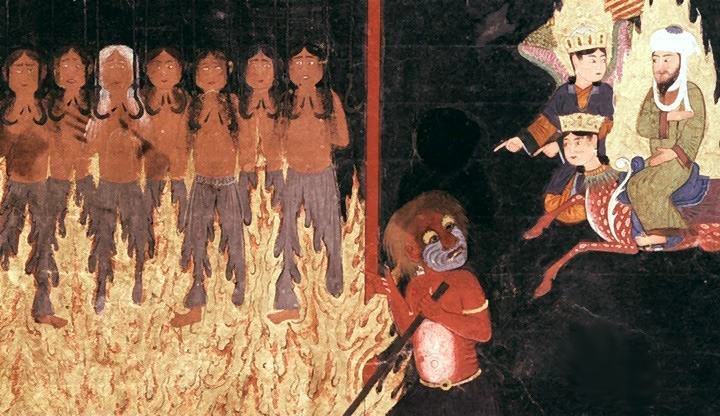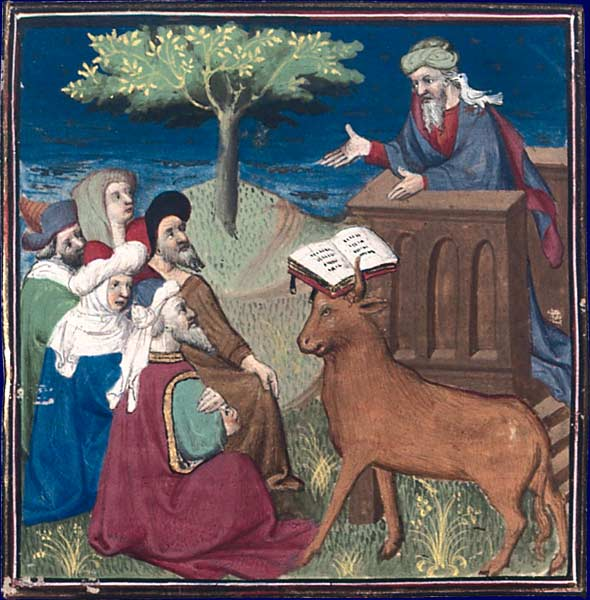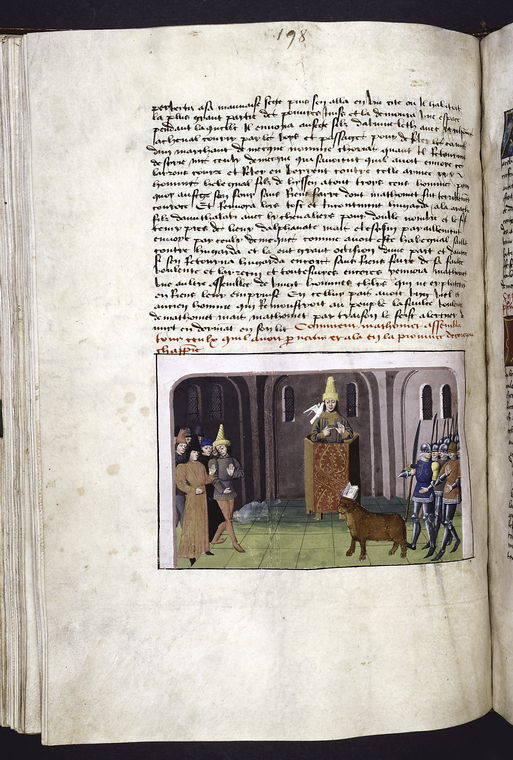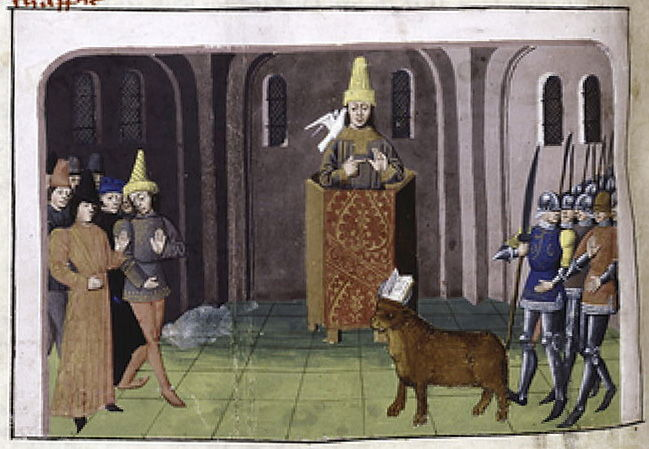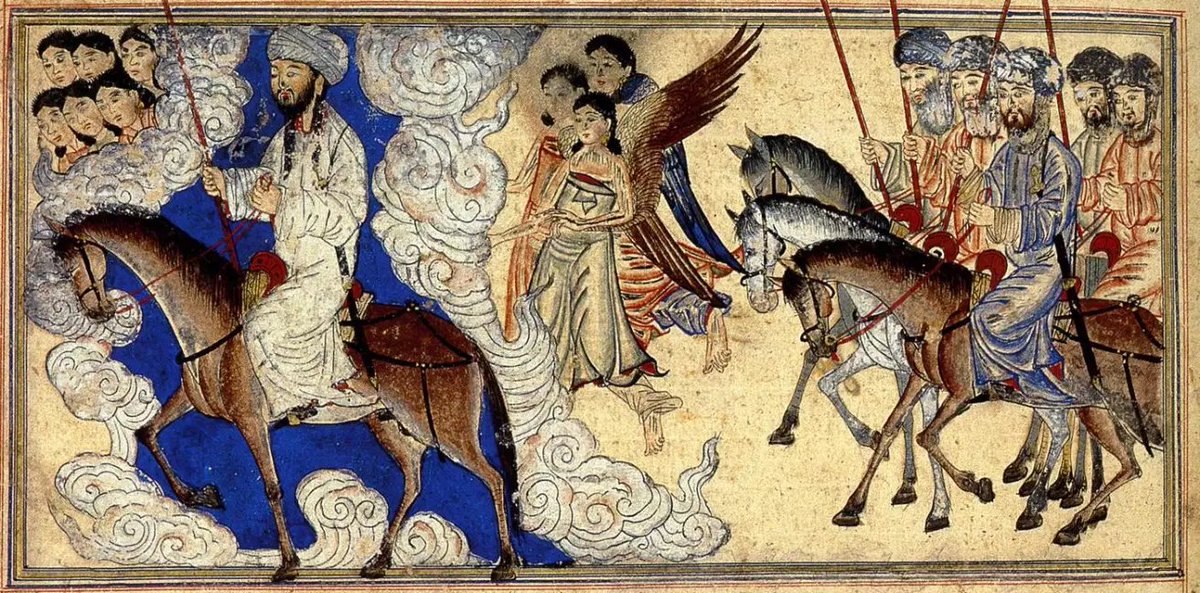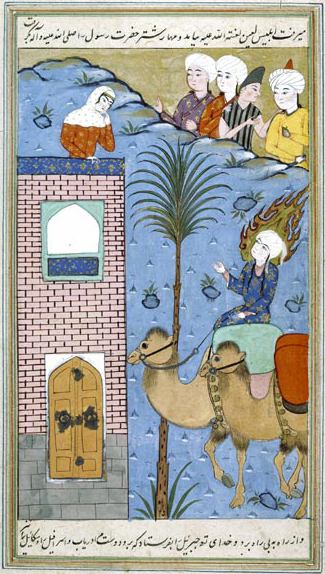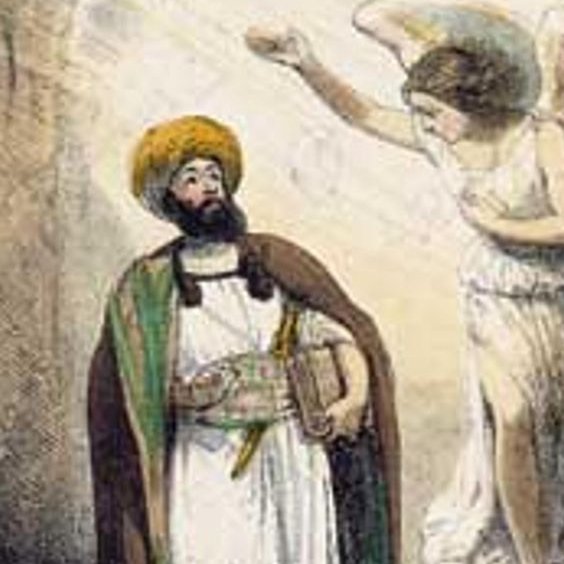Until comparatively recently in Islamic history, it was perfectly normal to show the Prophet Muhammed, either fully or with his face hidden. Even when I was a fundamentalist, Muslim I thought it was wrong to depict Muhammad but I always found the older artwork of him really cool.
Isaiah’s vision of Jesus riding a donkey and the Prophet Muhammad riding a camel, al-Biruni, al-Athar al-Baqiyya ‘an al-Qurun al-Khaliyya (Chronology of Ancient Nations), Tabriz, Iran, 1307-8. Edinburgh University Library.
Perched above the press seating area inside the U.S. Supreme Court chamber is a marble image of Prophet Muhammad.
The investiture of Ali by the prophet Muhammad, in & #39;The Chronology of Ancient Nations& #39; by Al-Biruni, Tabriz, Iran,1307AD. University of Edinburgh
The Prophet Muhammad sits with the Abrahamic prophets in Jerusalem, anonymous, Mi‘rajnama (Book of Ascension), Tabriz, ca. 1317-1330. The Library of Topkapi Palace Museum.
The Prophet Muhammed (riding the horse) receiving the submission of the Banu Nadir, a Jewish tribe he defeated at Medina. From the Jami& #39;al-Tawarikh, dated 1314-5.
Nour Foundation& #39;s Nasser D. Khalili Collection of Islamic Art, London.
Nour Foundation& #39;s Nasser D. Khalili Collection of Islamic Art, London.
The Prophet Muhammad enthroned, surmounted by angels, and surrounded by his companions, Firdawsi, Shahnama (Book of Kings), probably Shiraz, Iran, early 14th century.
Freer Gallery of Art and Arthur M. Sackler Gallery, the Smithsonian& #39;s National Museum of Asian Art.
Freer Gallery of Art and Arthur M. Sackler Gallery, the Smithsonian& #39;s National Museum of Asian Art.
The Mi’raj (also called the “Night Ride”) of Prophet Muhammed on Buraq. Miniature illustration on vellum from the book Jami’ al-Tawarikh, by Rashid al-Din, published in Tabriz, Persia, 1307 A.D. Now in the collection of the Edinburgh University Library, Scotland.
Prophet Muhammad& #39;s Call to Prophecy and the First Revelation: Folio from a manuscript of the Majma& #39; al-Tawarikh (Compendium of Histories). About 1425
In 1980, the Islamic Republic of Iran issued a stamp commemorating "The 15th Century of Islamic Prophet& #39;s Hejira" -- that is to say, the 1,400th anniversary of Muhammed& #39;s flight to Yathrib, a pivotal event known as the "Hejira", which occurred exactly 1,400 years prior.
The Art Gallery of South Australia, Adelaide "Portrait of the Prophet Muhammad riding the Buraq. 1820-30, Uttar Pradesh. Gouache, gold leaf on paper."
Prophet Muhammed, the angels and Buraq are all wearing clothing and accouterments typical of the Mughal period in India, instead of 7th-century Arabian garments.
Prophet Muhammed receiving his first revelation from the angel Gabriel. Miniature illustration on vellum from the book Jami& #39; al-Tawarikh, by Rashid al-Din, published in Tabriz, Persia, 1307 A.D. Now in the collection of the Edinburgh University Library, Scotland.
Muhammed meets Prophets Ismail, Is-hak, and Lot in paradise. From the Apocalypse of Muhammad, written in 1436 in Herat, Afghanistan.
Bibliotheque Nationale, Paris
Bibliotheque Nationale, Paris
A manuscript from Nizami& #39;s Khamsa dated 1494, depicting Muhammad& #39;s journey from Mecca to the Dome of the Rock to heaven. The archangel Gabriel is seen to Muhammad& #39;s right with multiple wings. Currently in the British Museum.
#mediaviewer/File:Nezami_Behzad_Persian.jpg">https://en.wikipedia.org/wiki/Khamsa_of_Nizami #mediaviewer/File:Nezami_Behzad_Persian.jpg">https://en.wikipedia.org/wiki/Kham...
#mediaviewer/File:Nezami_Behzad_Persian.jpg">https://en.wikipedia.org/wiki/Khamsa_of_Nizami #mediaviewer/File:Nezami_Behzad_Persian.jpg">https://en.wikipedia.org/wiki/Kham...
This portrait of Muhammed is by 19th-century Iranian artist Sani ol molk and depicts him seated and with his face fully visible. It is currently in the collection of the National Museum in Tehran.
Muhammed solves a dispute over lifting the black stone into position at the Kaaba. Miniature illustration on vellum from the book Jami& #39; al-Tawarikh, by Rashid al-Din, published in Tabriz, Persia, 1307 A.D. Now in the collection of the Edinburgh University Library, Scotland.
Prophet Muhammed in a cavern, in a painting entitled "The Charge of the Lion." The painting possibly depicts Muhammed hiding from pursuers in the Cave of the Bull during the Hijra in 622. Unknown provenance, now in the Bibliotheque Nationale, Paris.
The Night Journey of Prophet Muhammad on His Steed, Buraq; leaf from a copy of the Bustan of Sacdi, dated 1514. From Bukhara, Uzbekistan.
In The Metropolitan Museum of Art.
In The Metropolitan Museum of Art.
"The Day of the Last Judgment." Undated, but likely from the late 19th century. In the Reza Abbasi Museum Collection (Iran).
Muhammed visiting Paradise while riding Buraq, accompanied by the Angel Gabriel. Below them, riding camels, are the houris of Paradise (the "virgins" promised to heroes and martyrs). 15th century, from a manuscript entitled Miraj Nama, - Bibliotheque Nationale, Paris.
Muhammed, flying over Paradise, looks at the houris harvesting flowers and enjoying themselves. Persian, 15th century
Prophet Muhammed& #39;s birth. Miniature illustration on vellum from the book Jami& #39; al-Tawarikh, by Rashid al-Din, published in Tabriz, Persia, 1307 A.D. Now in the collection of the Edinburgh University Library, Scotland.
Young Muhammed being recognized by the monk Bahira. Miniature illustration on vellum from the book Jami& #39; al-Tawarikh, by Rashid al-Din, published in Tabriz, Persia, 1307 A.D. Now in the collection of the Edinburgh University Library, Scotland.
Young Muhammad over here, looking like a typical unimpressed teenager.  https://abs.twimg.com/emoji/v2/... draggable="false" alt="😁" title="Grinsendes Gesicht mit lächelnden Augen" aria-label="Emoji: Grinsendes Gesicht mit lächelnden Augen">
https://abs.twimg.com/emoji/v2/... draggable="false" alt="😁" title="Grinsendes Gesicht mit lächelnden Augen" aria-label="Emoji: Grinsendes Gesicht mit lächelnden Augen">
Prophet Muhammed on his deathbed. Miniature illustration on vellum from the book Jami& #39; al-Tawarikh, by Rashid al-Din, published in Tabriz, Persia, 307 A.D. Now in the collection of the Edinburgh University Library, Scotland.
Prophet Muhammed, along with Buraq and Gabriel, visits Hell, and sees a demon hell keeper punishing "shameless women". Persian, 15th century.
Prophet Muhammed, along with Buraq and Gabriel, visits Hell and sees demons punishing women for various transgressions by hanging them with hooks through their tongues and breasts in fire. Persian, 15th century.
Muhammed preaching, Illustration ca. 1400-1425, taken from Boccaccio& #39;s De Casibus Virorum Illustrium (early 15th-century French translation by Laurent de Premierfait); drawn by the "Master of Rohan." The manuscript is currently in the Bibliothèque Nationale de France.
The handwritten manuscript known as the Chroniques Martiniennes, made in France in 1475, contains this miniature painting of Muhammed preaching while wearing European-style early Renaissance-era attire.
Found here: http://digitalcollections.nypl.org/items/510d47da-eb0c-a3d9-e040-e00a18064a99">https://digitalcollections.nypl.org/items/510...
Found here: http://digitalcollections.nypl.org/items/510d47da-eb0c-a3d9-e040-e00a18064a99">https://digitalcollections.nypl.org/items/510...
Muhammed (on the left) leading Hamza and the Muslims against Banu Qaynuqa’. From the Jami’al-Tawarikh, dated 1314-1315.
Al-Nishapuri, Muhammad arriving in Mecca
Ishaq al-Nishapuri Persian school Muhammad arriving in Mecca1581From the manuscript & #39;Qesas al-a Paris, Bibliotheque Nationale de Francenbiya
Ishaq al-Nishapuri Persian school Muhammad arriving in Mecca1581From the manuscript & #39;Qesas al-a Paris, Bibliotheque Nationale de Francenbiya
Prophet Muhammed on Gabriel& #39;s shoulders, arriving at the gate of paradise guarded by the angel Ridwan. From the Miraj-name, Tabriz (c. 1360-70). In the Topkapi Palace Library, Istanbul.
The Archangel Gabriel carries Muhammed on his shoulders over mountains where angels are shown among golden flames. In the Topkapi Palace Library, Istanbul.
An angel presenting Prophet Muhammed (upper left) and his companions with a miniature city. In the Topkapi Palace Library, Istanbul.
The cover of the 1911 Danish biography called Profeten Muhammed written by Johannes Østrup shows this beautiful image of Muhammed riding on a stylized flying horse.
Portrait of Muhammed from Michel Baudier’s book Histoire générale de la religion des turcs (Paris, 1625)
Muhammed presented to the monk Abd al Muttalib and the inhabitants of Mecca. 18th century Ottoman copy of an 8th-century original. Topkapi Palace Museum, Istanbul
Illustration showing Muhammed preaching his final sermon to his earliest converts, on Mount Arafat near Mecca; taken from a medieval-era manuscript of the astronomical treatise The Remaining Signs of Past Centuries by the Persian scholar al-Biruni; Bibliotheque Nationale, Paris

 Read on Twitter
Read on Twitter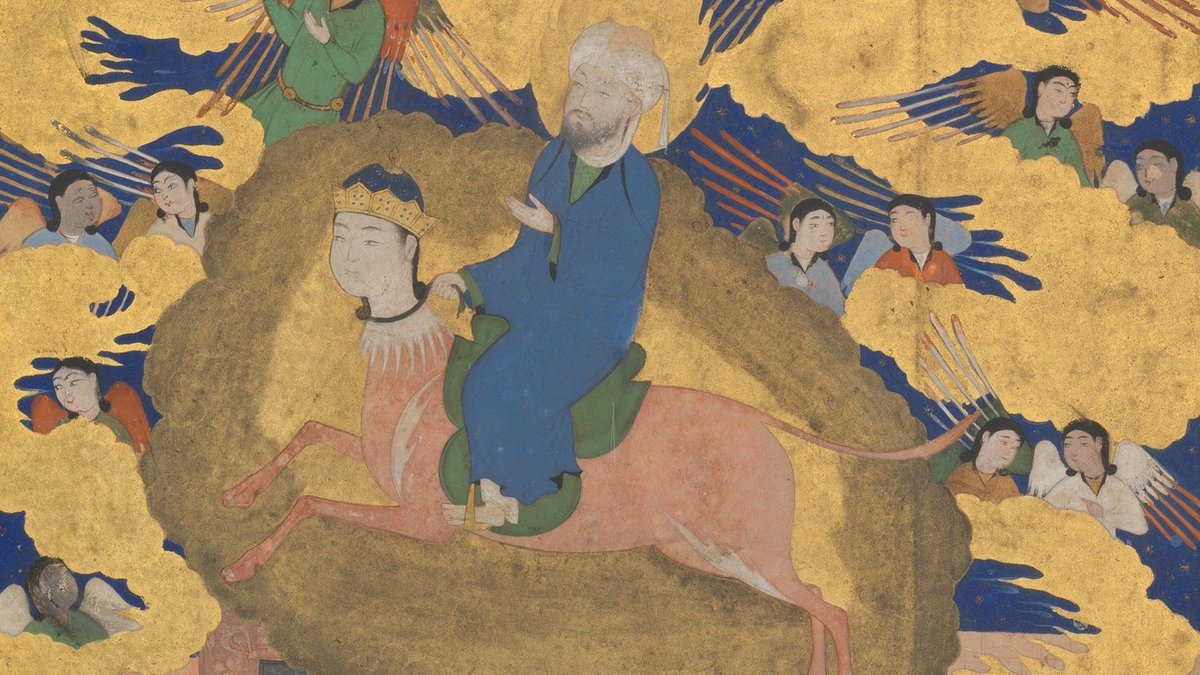
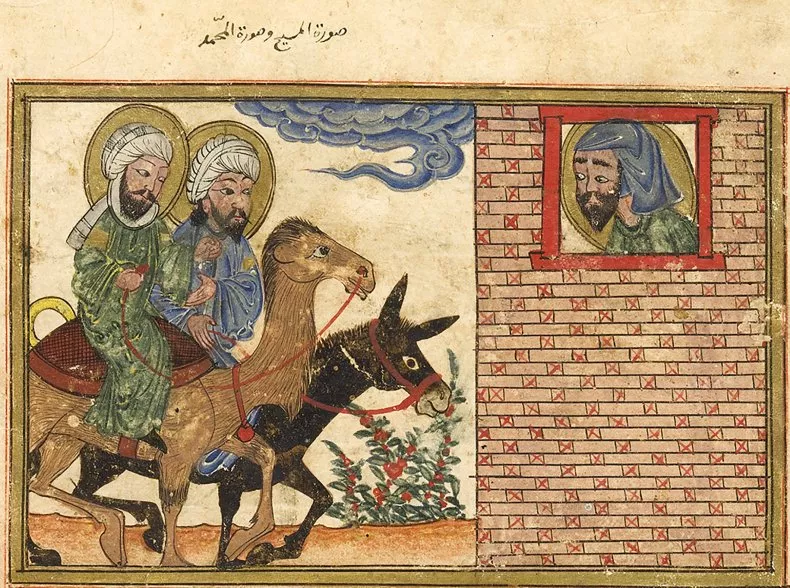
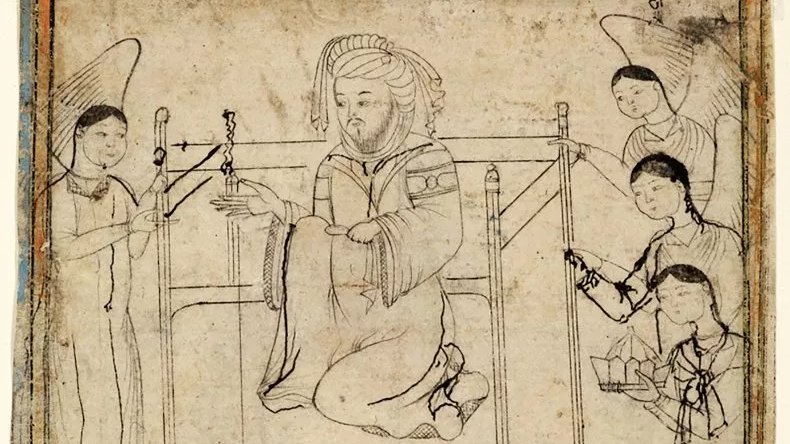
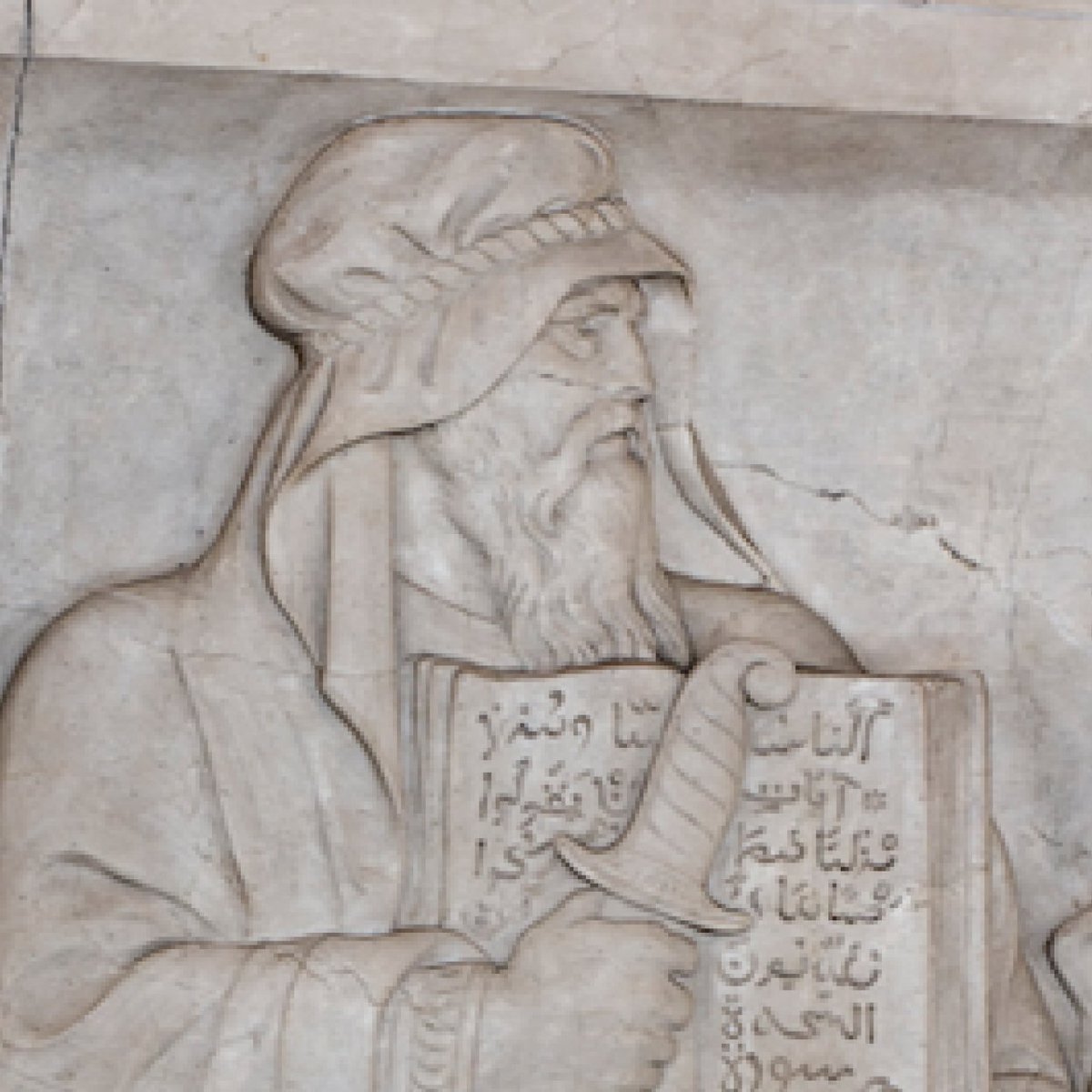
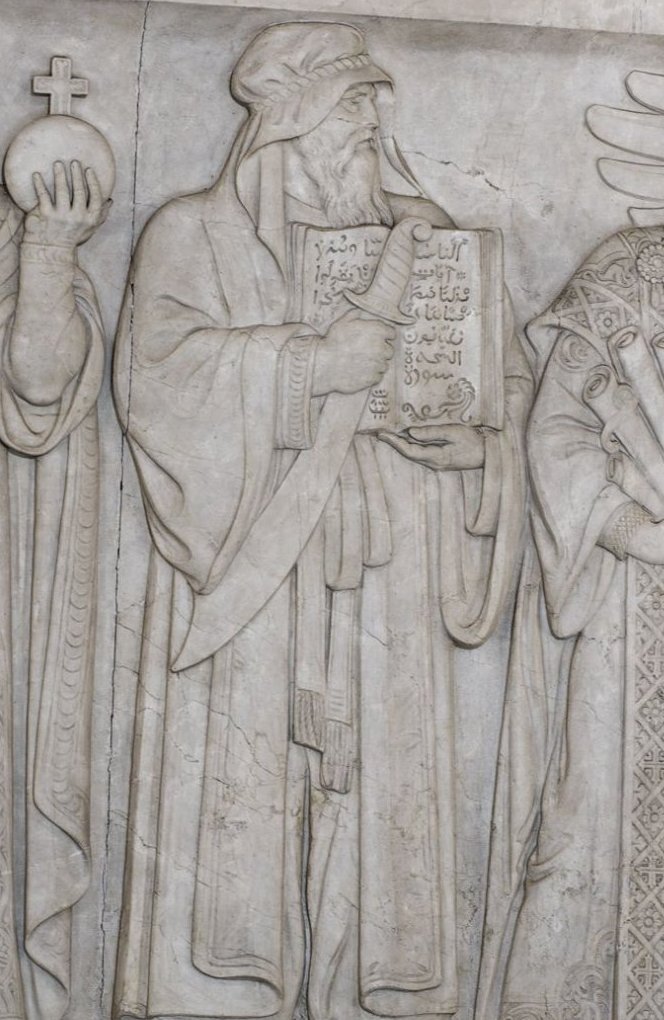
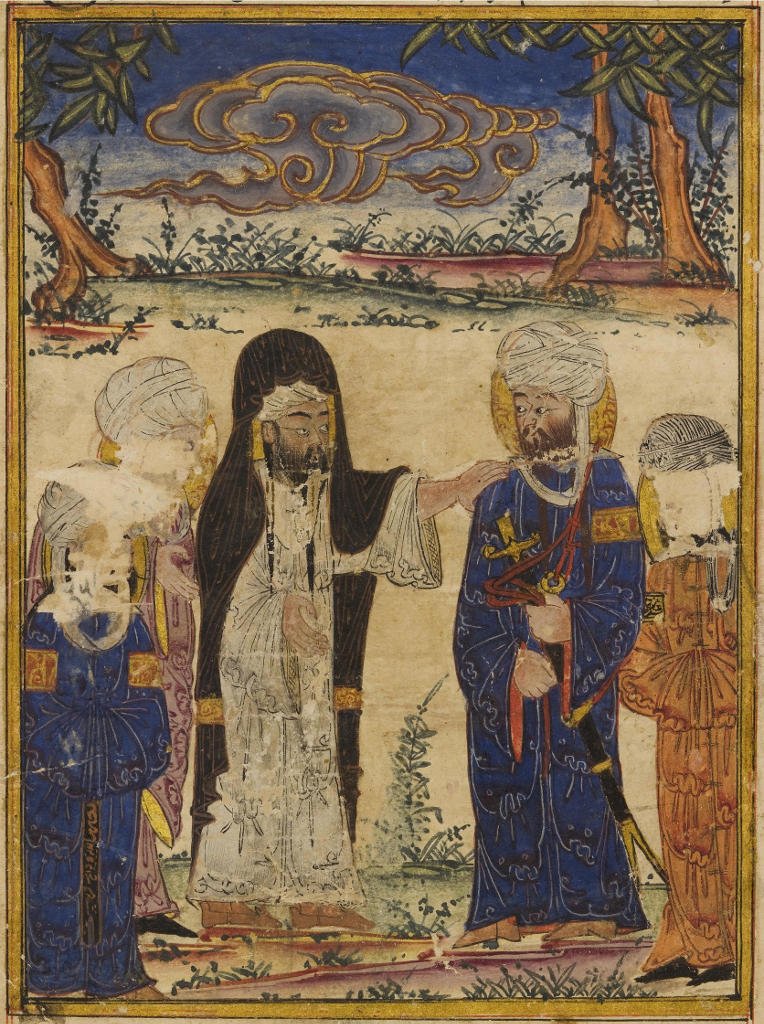

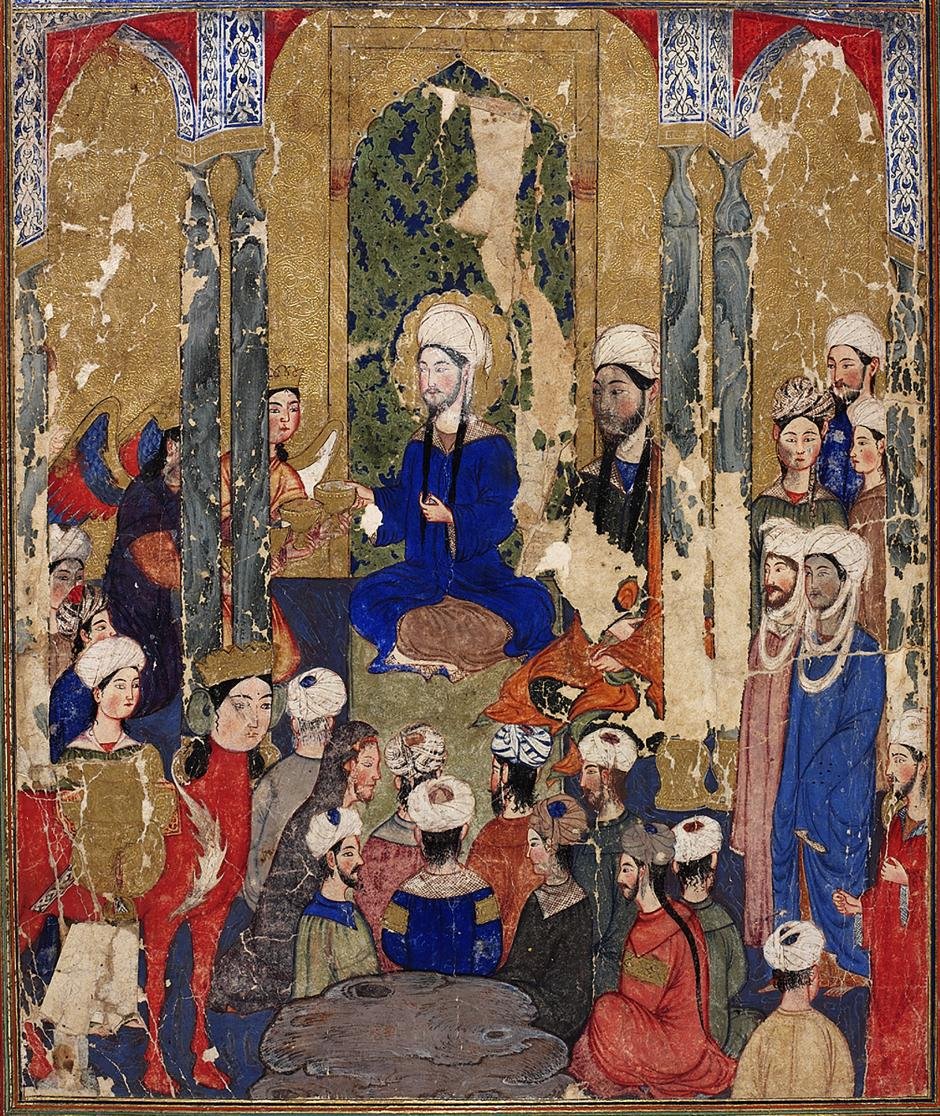
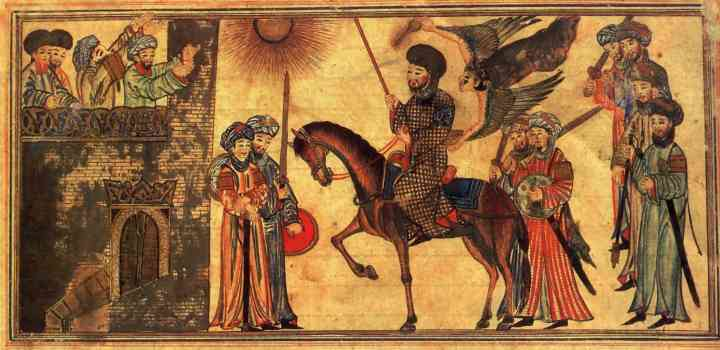
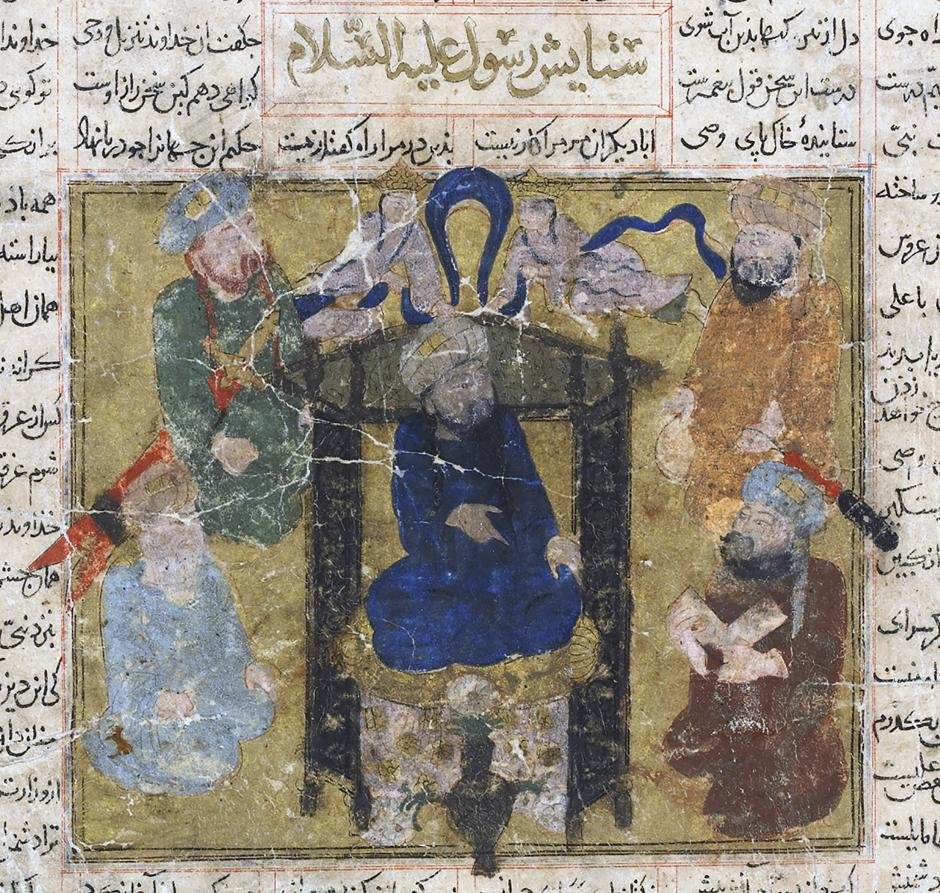

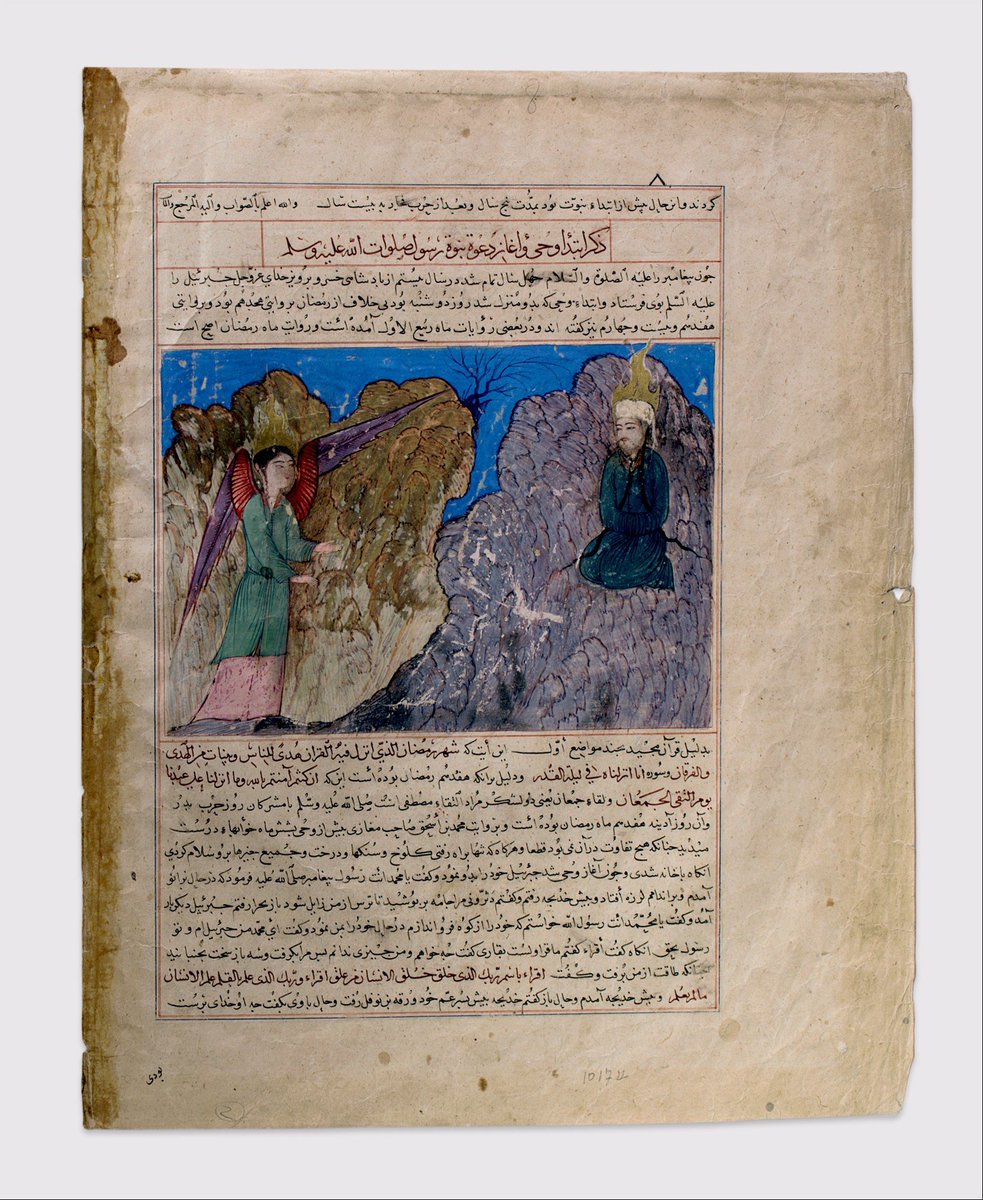
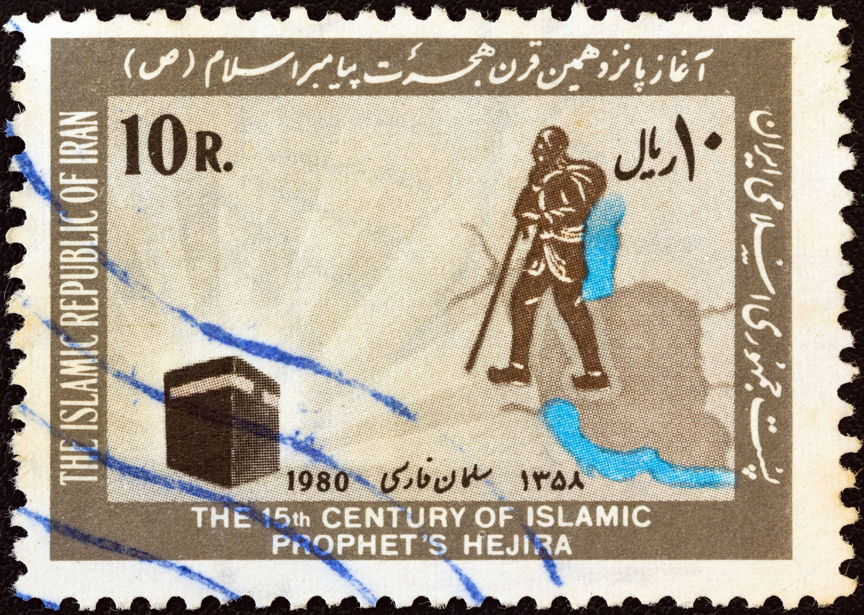
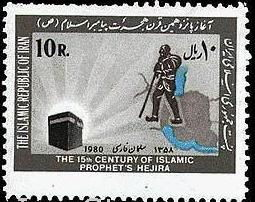
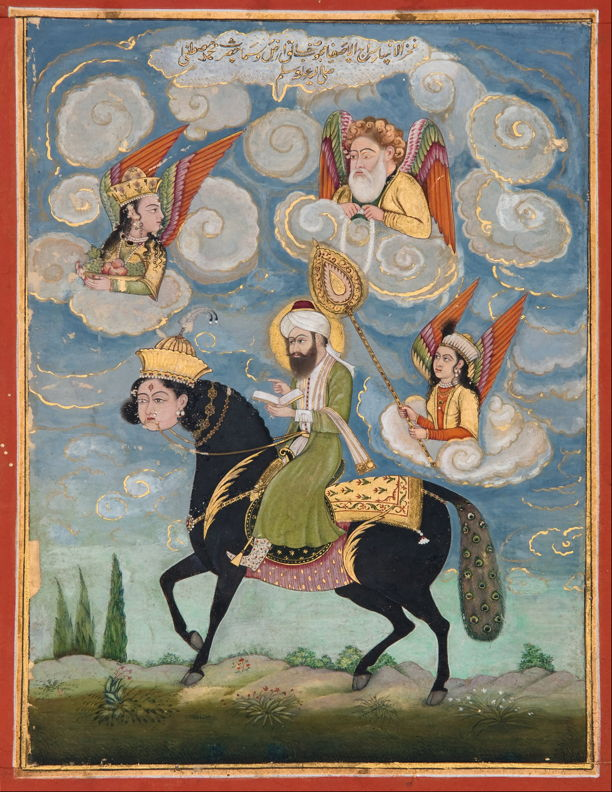
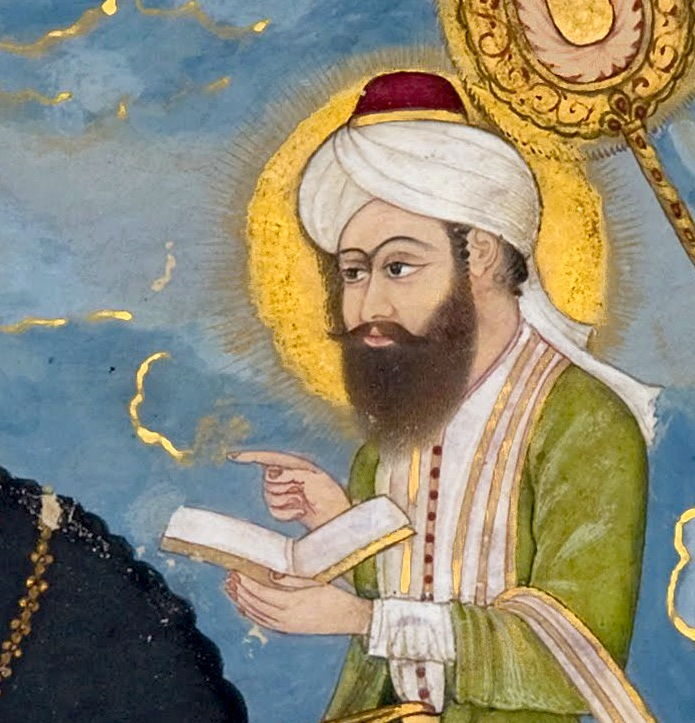
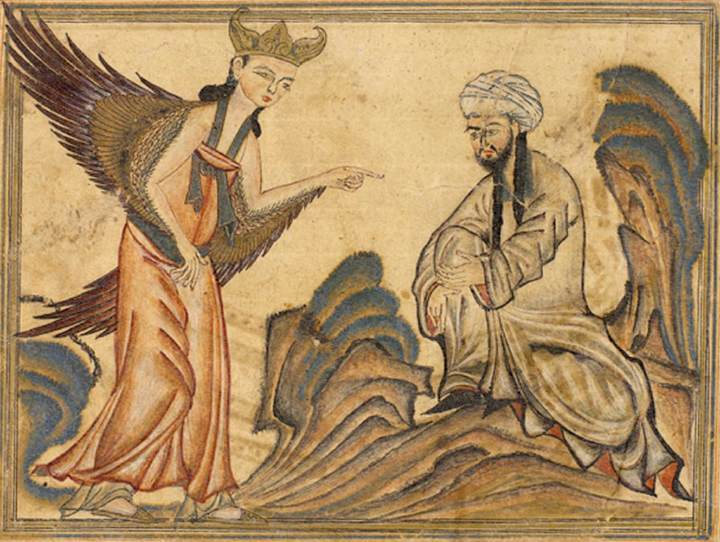
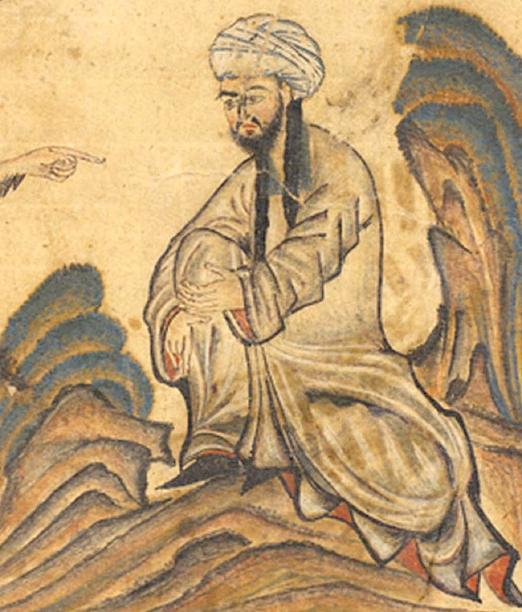
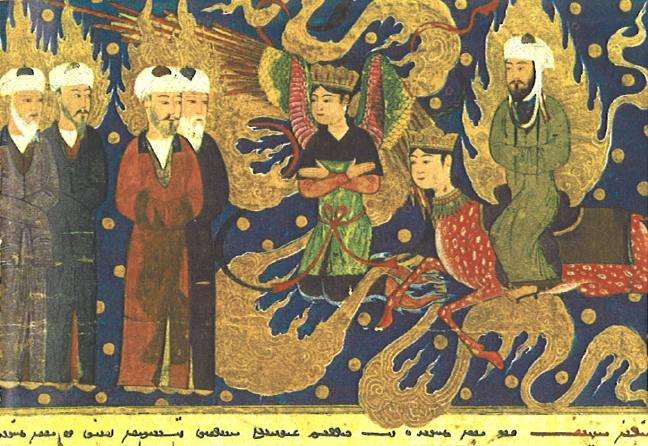


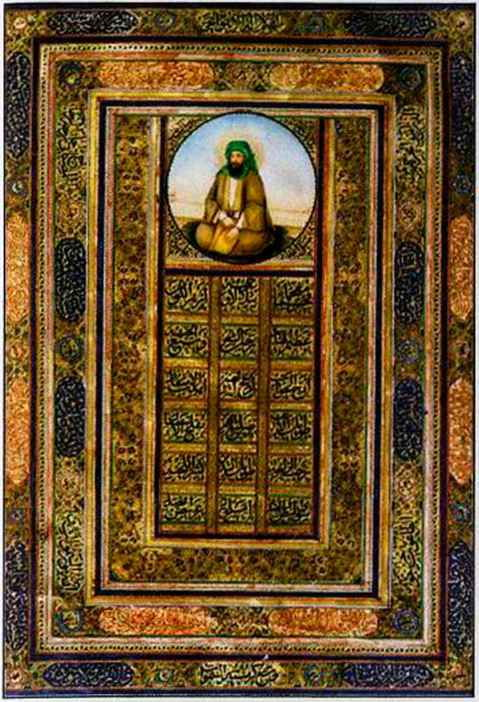
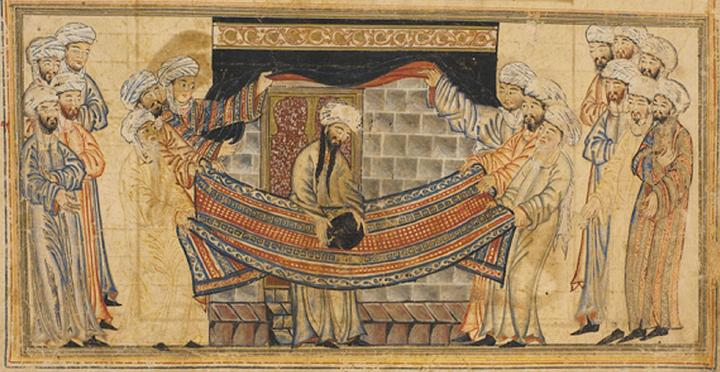
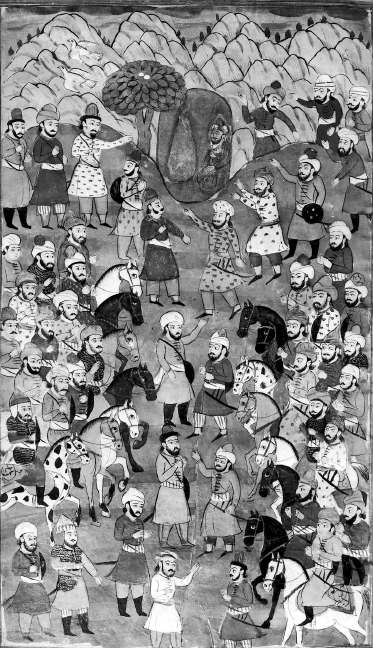


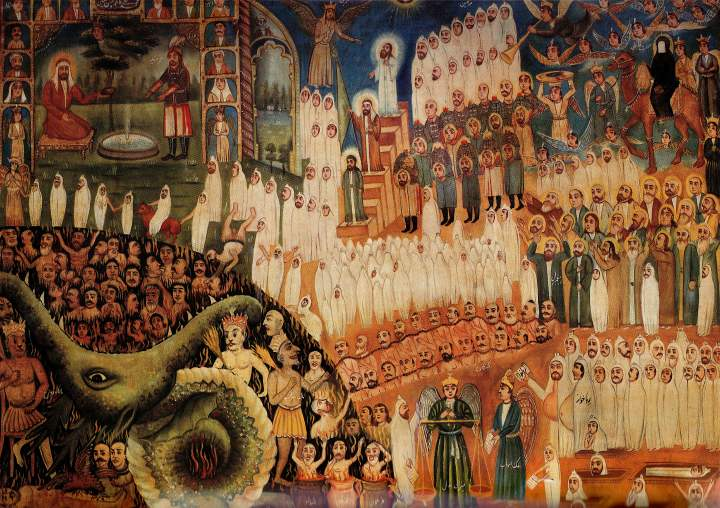
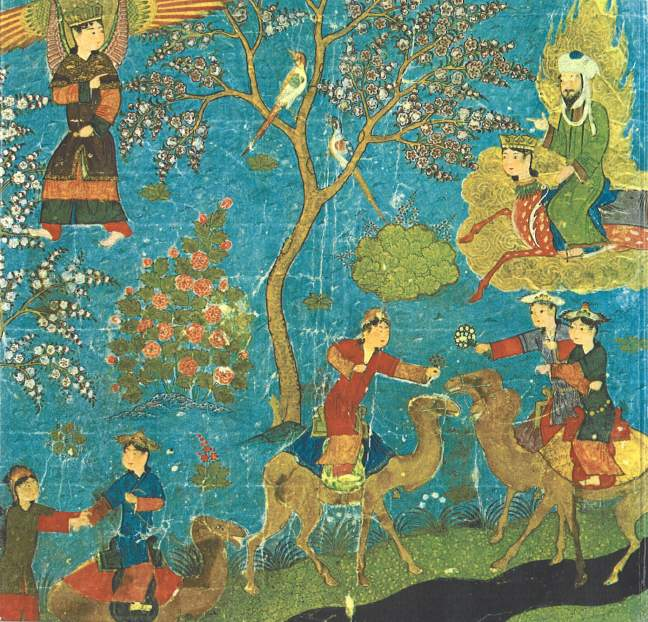
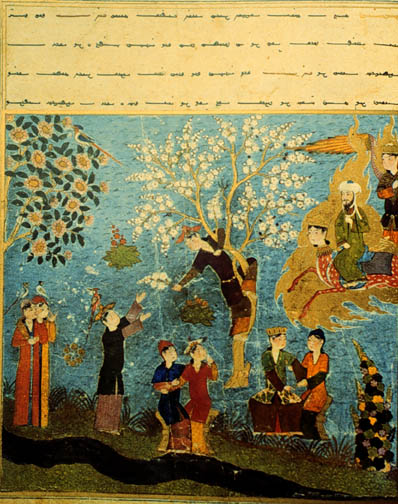



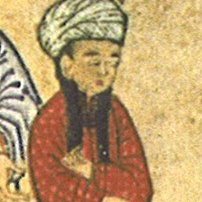 " title="Young Muhammad over here, looking like a typical unimpressed teenager. https://abs.twimg.com/emoji/v2/... draggable="false" alt="😁" title="Grinsendes Gesicht mit lächelnden Augen" aria-label="Emoji: Grinsendes Gesicht mit lächelnden Augen">" class="img-responsive" style="max-width:100%;"/>
" title="Young Muhammad over here, looking like a typical unimpressed teenager. https://abs.twimg.com/emoji/v2/... draggable="false" alt="😁" title="Grinsendes Gesicht mit lächelnden Augen" aria-label="Emoji: Grinsendes Gesicht mit lächelnden Augen">" class="img-responsive" style="max-width:100%;"/>
